Technology and changing customer demands have led to sweeping transformation within the payments and transactions space and services need to be customized, simplified, and seamless.
They are a universally accepted proof of purchase, and like almost everything else in the world of business, they too need to be modernized to ensure a better customer experience. Going digital is a no brainer. Managing complex subscriptions and handling changes without disruptions, errors or inconvenience to the customer can be challenging. Automated, error-free, payment and billing and seamless subscription management are the need of the hour to reduce disputes, tighten revenue management practices and ensure customer satisfaction.

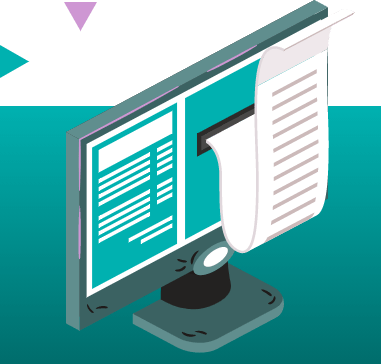
The modern customer is used to a certain degree of flexibility in every service they use, and they increasingly want to pay for only what they want and use. Consequently, there is demand for subscription-based pricing models, which in turn has made the invoicing and pricing process highly complex. Organizations need to be able to manage different billing models without any errors as that would lead to loss of revenue. They need to ensure timely billing that is aligned to the model chosen by the customer.
A billing system must ensure accurate and simplified bills, so customers don’t have to spend time in cross checking them. They must also adhere to the customer’s allocation need based on agreed business rules. Between 2020 and 2025, the subscription and billing management market is expected to grow at 14 percent CAGR to USD 7.8 billion.1 Most companies today are opting for digital billing solutions, as they ensure accuracy and convenience while taking less time and resources to manage the processes. This in turn helps companies to reconcile and predict cash flows better. e-Billing also ensures a convenient and seamless experience for customers. An automated billing and invoicing system can reduce customer disputes by ensuring an error-free and simplified billing practice.
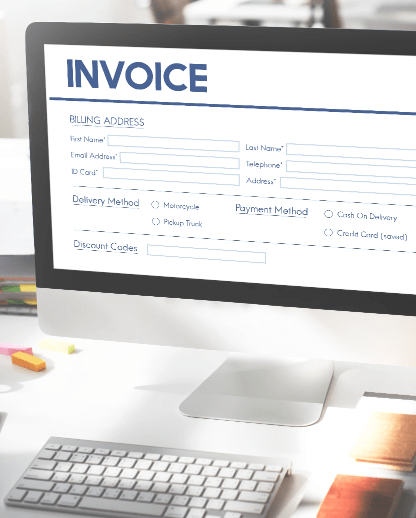
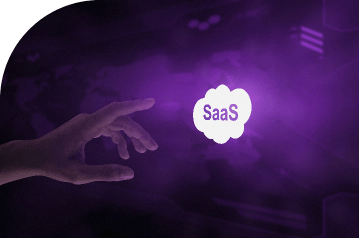
Subscription and Billing Management Platforms and Models
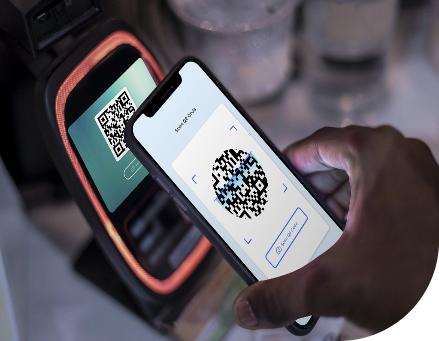
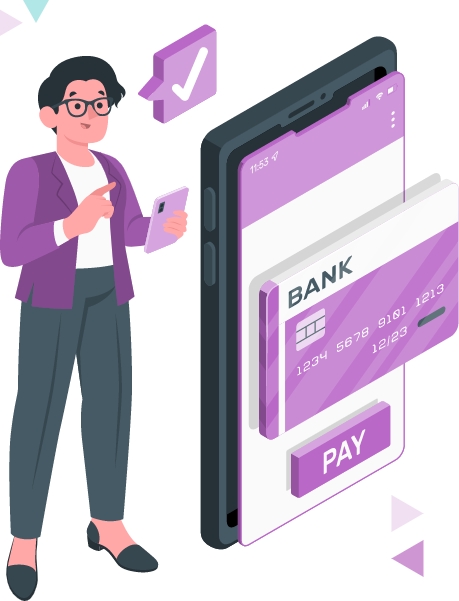
Companies are also using direct debit models. This works well for recurring payments by ensuring reliability for the customer and positive liquidity management and predictable payment schedules for the customer. But this is subject to stringent registration processes laid down by regulators in many countries, so the subscription and billing management system must ensure compliance.
And as more companies move towards transforming to platform or aggregator-based strategies, ecosystem-based billing models will see wider adoption. As ecosystems deliver not just the company’s products and services but also those made by partners within the platform, billing will be more complex than ever. Modern systems must be able to calculate the correct value share of each business, provide timely and accurate billing that combines all services and products used by the customer into one. It must also provide payment integration for customers to pay their bills easily.
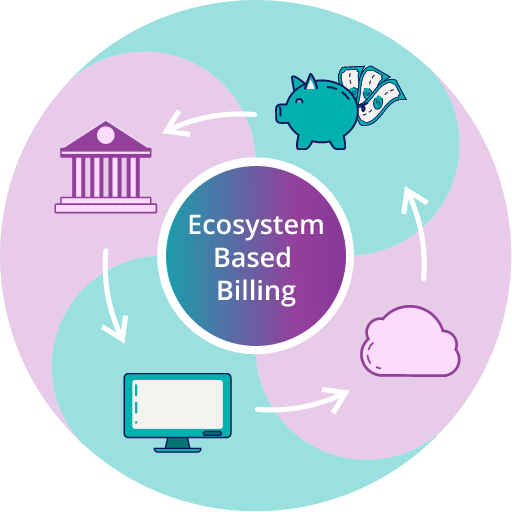

The challenge now is to get all customer segments used to digital billing practices. The older population especially, find the shift complicated and baffling and are reluctant to accept e-billing. Organizations are trying to get them onboard with attractive incentives, some have forced a move by making it mandatory to shift within a specified time and some others levy a premium for physical invoices. But the ongoing pandemic has accelerated digital adoption even amongst older customers. Organizations must now fast track their digital billing strategies. And the key to staying relevant in the industry is knowing when to compete and when to collaborate. Finding the right partners to help upgrade billing solutions is key. It is a good idea to work with third-party vendors who provide scalable subscription management and billing platforms than can easily integrate new technologies like AI to deliver a better, error-free, and seamless billing experience.
Binesh holds a management degree from IIM-L and has worked in Management Consulting,
EdTech & Insurance sectors